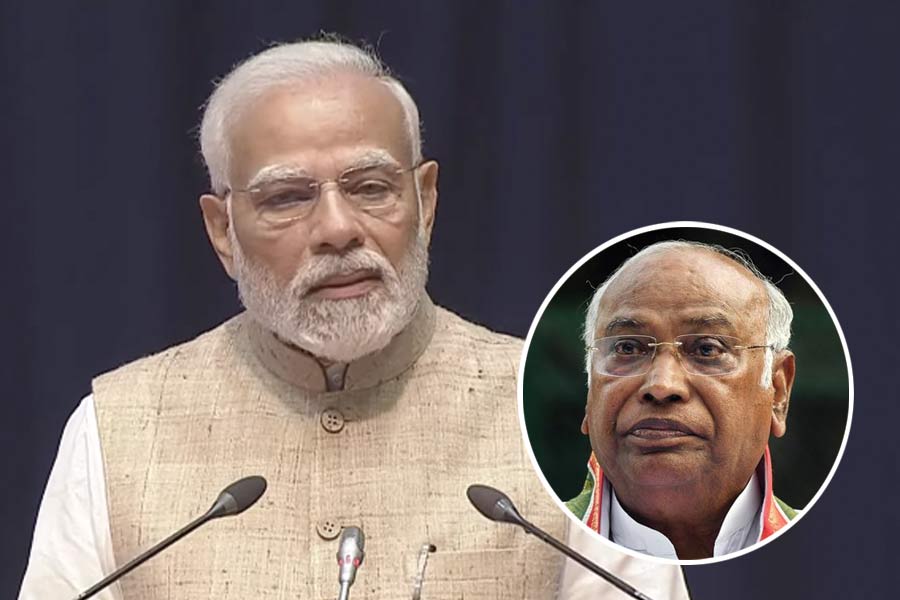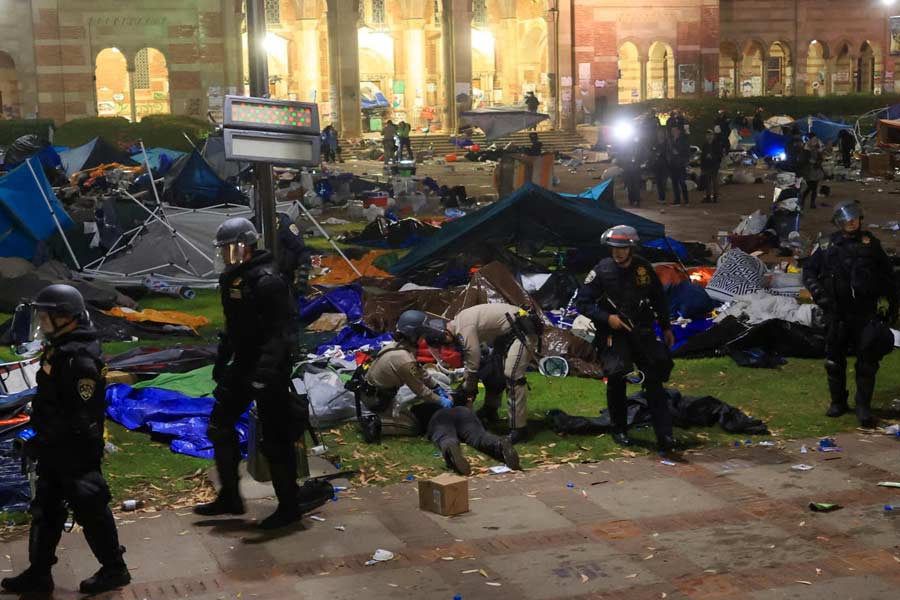Book: THE PERFUME PROJECT: JOURNEYS THROUGH INDIAN FRAGRANCE
Author: Divrina Dhingra
Published by: Westland
Price: Rs 599
While most would consider a library as a collection of books, Divrina Dhingra is in possession of a strange kind of personal library: one of particular smells, each associated with different times, places or things. It is one where “hot asphalt, sweet coffee” along with a whiff of her own perfume, En Passant, represent New York; where Shimla smells of cold cement and whitewash; and Delhi is invoked by the aroma of the saptaparni tree and the harshringar flower, the acrid smell of burning leaves, and the petrichor of the first rains in June.
While studying in New York, its “dazzling non-smells of modernity” made her miss the intimate aromas of home. This led her to the idea of the interconnection between smell and home. What follows is a half memoir, half treatise on six familiar aromas often used in the world of perfumery. Out of 18,500 varieties of aromatic plants from India, she picks rose, jasmine, sandalwood, saffron, oud and vetiver as the defining fragrances of India.
Her travels take her from Kannauj to Kashmir, Assam to Bengaluru, as she writes about these aromatic ingredients and how they are sourced, extracted and developed. There are brief asides on other ingredients and aromas as well, like the mysterious ambergris to the fascinating mitti ittar, which she describes as a “sublime scent” — the “essence of a summer monsoon.” This ittar, which smells of the first rain on dry land, serves a higher purpose other than “mere loveliness”; at the height of the blazing North Indian summer, it can “soothe the overheated mind.”
Perfumes can be evocative and romantic; but the author does not dwell on nostalgia and ephemeral smells alone. She provides a historical context to perfumes while addressing the industry’s age-old problems — be it adulteration (apparently saffron adulteration was a problem even in 77 AD as mentioned by the Roman naturalist, Pliny The Elder) or climate change that is adversely affecting most ingredients, especially saffron and vetiver.
The Perfume Project can also serve as an introduction to many iconic perfumes — YSL Paris (Dhingra’s mother’s favourite), her own En Passant by Olivia Giacobetti, L’air Du Temps, a feminine scent preferred by the author’s father because of his penchant for understated florals, as well as Tom Ford’s Oud Wood and Guerlain’s Vetiver.
Scents can transport the reader to a diverse world. Similarly, Dhingra’s deep dive on perfumes traverses a montage comprising khus mats on desert coolers, perfumed, starched saris and grandma’s milky saffron phirni.










